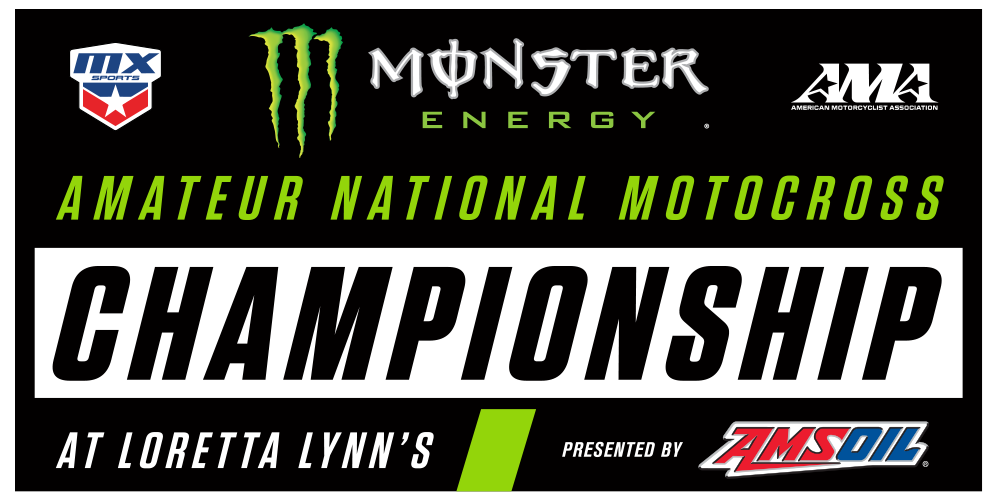MTF Tips on How to Stay Hydrated at Loretta Lynn's
by:
Wednesday, July 24, 2013 | 8:30 PM
Everybody knows drinking water at the ranch is going to be important this year like any other, but all too often we see riders ‘overhydrate’ and forget about the always important electrolytes. I’m sure by now everybody is familiar with the term electrolyte. What most athletes are not educated enough on, is which electrolytes are most important, and why do we need them. To list a few reasons electrolytes are important; energy production, nerve transmission, muscle contractions, pH control, and fluid balance are the main reasons. We often see lots of athletes start to panic when they get cramps, then they start pounding down the water. Now if the cramps are caused by dehydration then it may be an easy fix, but if it’s from a lack of electrolytes, then the problem only gets worse. More water only dilutes the amount of electrolytes in your body even further. That’s the reason why companies like Gatorade or Redbull put electrolytes into their sports drinks.
It’s been our experience at MTF that most riders will cramp due to 3 things; 1. Water, or lack of enough water (dehydration) 2. Salt, which can be loss in huge amounts through our sweat 3. Magnesium, just like salt we use it and lose it through sweat. That sweat is a mixture of water and salt mainly. Sometimes after a long day of cardio you’ll even notice a white film on your clothes, which is mostly salt that was left behind after your sweat has evaporated. The biggest difference from one athlete to the next is the amount of water they lost, and the concentration of salt in that water.
The technical term is sweat rate, or the amount of water that was lost through sweating. You’ll notice that some people sweat gallons, and some don’t sweat much at all. The other term we often discuss with our athletes is called sweat sodium concentration. This is the amount of salt that is lost in the sweat. Every athlete loses a different amount. It’s based mainly off genetics and how well acclimatized to the heat they may be. The typical range of sweat sodium loss can vary from 1,000mg per gallon, all the way up to 6,000mg per gallon. Now it’s important to note here that normal IV solution that is administered by a medical professional contains 14,000mg of sodium per gallon.
The easy way to know how much water you lost through sweat is by weighing yourself before and after a moto. Then you drink 16-20 ounces of water for every pound you lost. The average sized water bottles you get out of a vending machine are about 16 ounces, and 16 ounces is 1 pound. This one is simple to figure out. Calculating sweat sodium concentration is a bit trickier. Here’s a few tips that will help you figure out if you’re high, medium, or low on the scale; do you cramp- a lot, sometimes, or never? How would you classify your sweat rate- High, medium, or low? Do you see a salt residue on your skin or clothing after exercise- always, sometimes, or never? If you cramp often, sweat a lot, and see salt on yourself after training hard, then odds are you most likely have a higher sweat sodium concentration. Athletes in this range need to be closer to the 6,000mg per gallon range on salt. If you seem to be answering no to most of these questions then I would stay conservative on the salt intake and lean more towards the 1,000-3,000mg range.
We welcome you to stop by the MTF pit during the week if you have any further questions. Also a couple recommendations for those that are interested in learning more; Read the book ‘Waterlogged: The Serious Problem of Overhydration in Endurance Sports’ by Tim Noakes. Or check out the website http://www.myh2pro.com/ to see how we sweat test our athletes at MTF.
